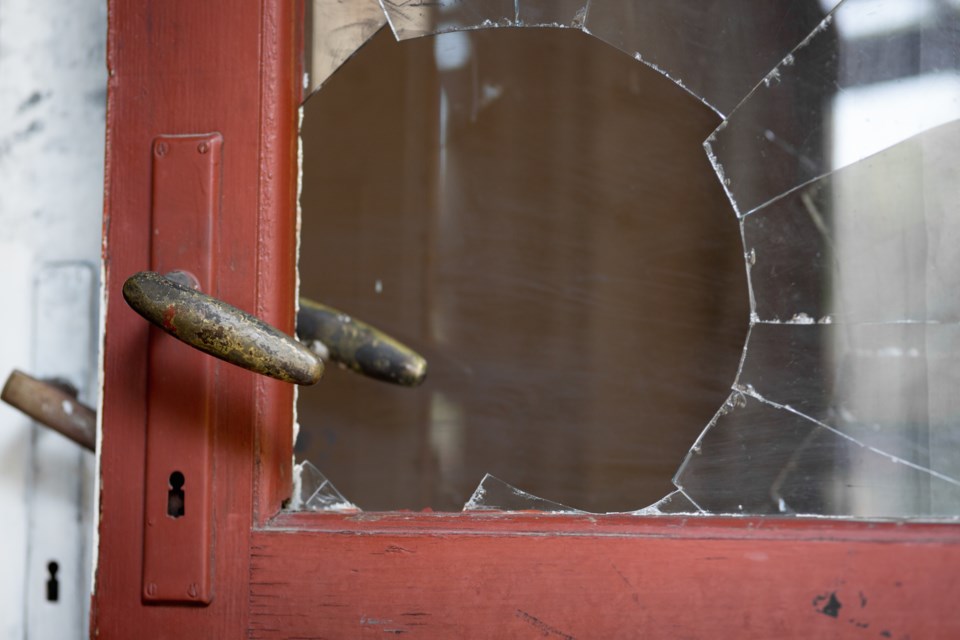What does our safety and security means to us and who oversees the maintenance of that safety?
Violence occurs in every community, in every neighbourhood, and for some – even in their home. Many people, however, have the fortunate luxury of being oblivious to acts of violence.
To live in peace often comes with a cost paid by others. For some that takes the shape of a high hedge, an alarm system or a deadbolt, but for most security and safety is the direct result of local law enforcement.
When acts of violence and aggression take place, we rely on our officers to do their jobs and keep us safe. Rarely do we give a second thought to those involved or impacted by the headlines we read in the newspaper.
But those who are tasked with enforcing the rule of law and keeping the peace are no different than you or me, yet we ask them to bury their fears and mask their anxieties before they head out on call and to ‘get the job done.’
Police officers truly put their lives on the line every day to deal with situations that we wish never took place.
At the beginning of February several homes were shot at in Saddle Lake, those people had safety and security taken away from them in a single moment. And while RCMP members responded to those acts of violence, their own building was targeted with bullets.
Thankfully no one was injured… physically that is. Acts of violence always leave damage, although its not always visible. The victims involved will likely bare scars from that event.
Most people have never gone to work with pressing thought that someone might pull a weapon on them or leave bullet holes in their office building. But for those we task with protecting our communities and neighbourhoods, it may be a regular nagging and protruding thought – a thought that is sadly not an impossible reality.
So how do we keep our neighbours, our communities and our police force safe?
I have no sure-fire solutions but one simple request – that we fix our broken windows and help others do the same if they cannot.
In 1982, two social scientists by the names James Wilson and George Kelling introduced the criminological theory entitled The Broken Windows Theory.
According to Wilson and Kelling, visible signs of crime, anti-social behaviour and civil disorder create an environment that encourages further crime and disorder. Even serious crimes can be influenced by this they say.
The theory suggests that by addressing smaller elements of disorder in society, such as vandalism, littering, public drinking and even broken windows, it will help to create an atmosphere of order and lawfulness.
Essentially, witnessing disorder creates a justification for others to engage in other versions of disorder. Similarly, to how violence breeds more violence.
I believe the opposite is true as well. Rather than turning a blind eye to someone else’s litter or an overturned garbage can, if we can correct the small things that come across our path – we can help to keep our community a better and safer place.
Bad things may not always be preventable, but our acts of goodness ripple through our homes and communities whether or not we recognize it.


